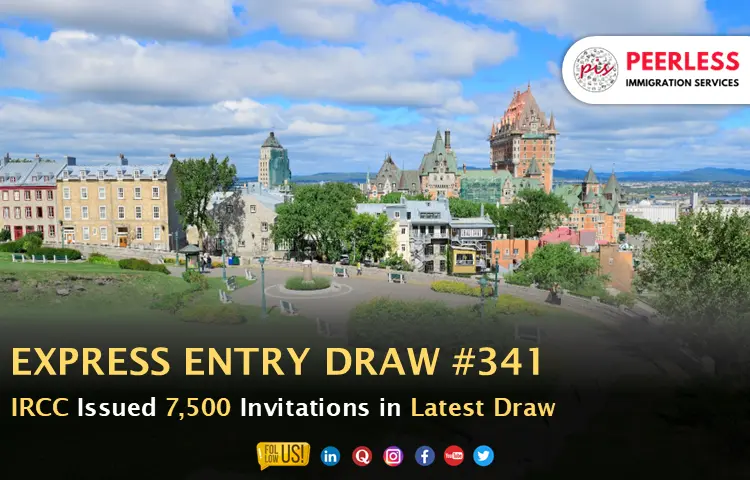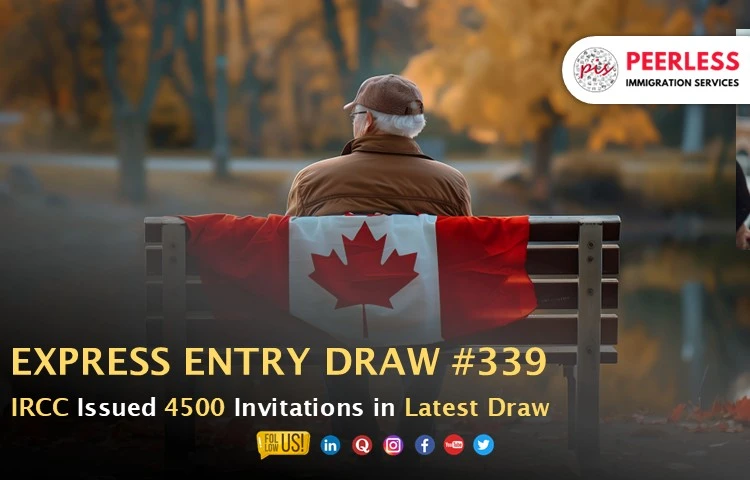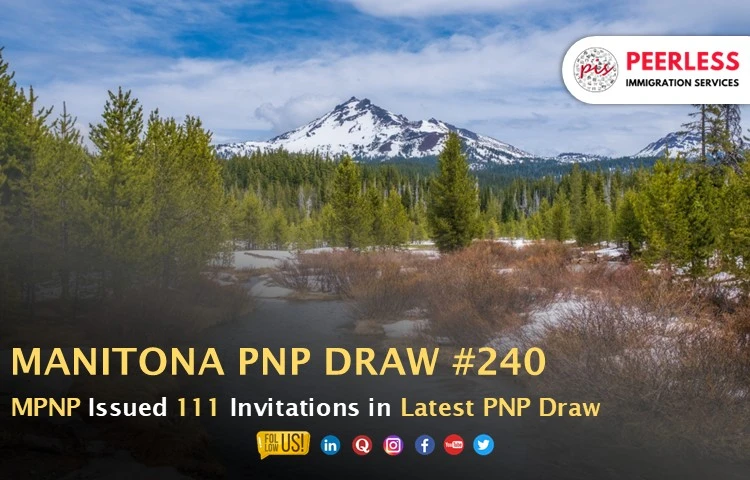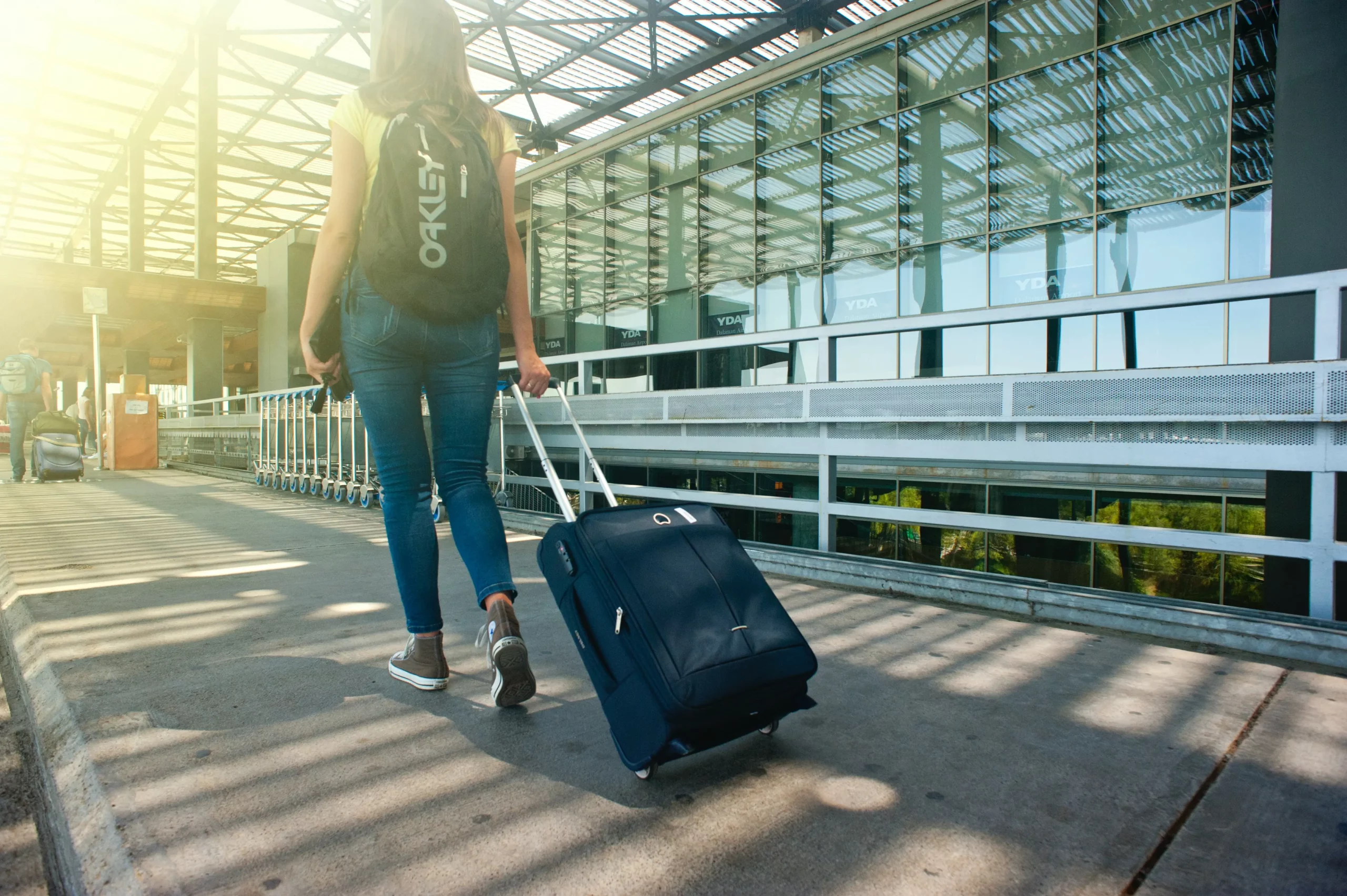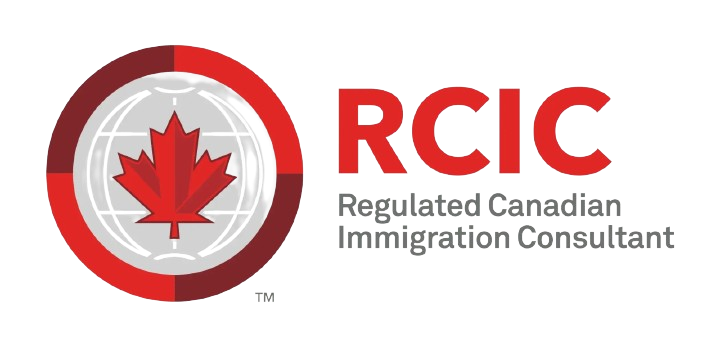
How Much Does Australia PR Cost from India in 2025?
For many Indians, obtaining Permanent Residency (PR) in Australia is a significant step toward a high-quality life, offering robust job opportunities, world-class educational institutions, and comprehensive healthcare through Medicare. With Australia targeting approximately 185,000 PR grants in the 2024-25 program year and similar numbers expected in 2025, understanding the Australia PR cost from India in 2025 is paramount for effective planning and to avoid unforeseen expenses. For Indian professionals, students, and families, this PR journey promises a high quality of life, but grasping the Australia PR cost from India in 2025 is essential to navigate the financial landscape successfully.
At Peerless Immigration Services, we have extensive experience guiding numerous Indian applicants through the intricacies of this financial landscape. This comprehensive guide consolidates the information you need, breaking down every potential expense associated with securing Australia PR from India in 2025.
Given the dynamic nature of immigration policies and the potential for cost adjustments, this article will explore the estimated fees, identify potential hidden costs, and offer strategies for effective budgeting. Whether you are considering a Subclass 189 (Skilled Independent), Subclass 190 (Skilled Nominated), or Subclass 491 (Skilled Work Regional (Provisional)) visa, this detailed breakdown will equip you with the necessary financial awareness.
Understanding Australia PR Costs in 2025
The total cost of obtaining Australia PR from India in 2025 is multifaceted, encompassing various mandatory and optional expenses. These include non-refundable visa application fees, essential skill assessments, required English language proficiency tests, mandatory medical examinations, and other potential costs like police clearance certificates and professional migration agent fees.
It’s important to know that there’s no single, low cost for Australia PR. Some might say it’s around INR 2.5 lakhs, but the real cost for one person can be between INR 3 lakhs and INR 5 lakhs or more, depending on the visa type and your situation. This cost goes up a lot if you bring family members or use services by migration agents or state nomination fees.
The Australian Department of Home Affairs typically reviews and adjusts visa fees annually, often in line with inflation and evolving policy priorities. Drawing upon the fee structures of 2024 and anticipating potential increases for 2025, the following sections provide a detailed breakdown of the key cost components.
Key Cost Components of Australia PR from India in 2025
Visa Application Fees (Government Charges):
The cornerstone of your Australia PR expenses is the non-refundable visa application fee, payable online through the Department of Home Affairs' ImmiAccount portal. As of early 2025:
- Subclass 189: AUD 4,765 - 4,770 (~INR 2,62,075 - 2,62,350)
- Subclass 190: AUD 4,770 (~INR 2,62,350)
- Subclass 491: AUD 4,770 (~INR 2,62,350)
Additional family fees:
- Spouse: AUD 2,320 - 2,385 (~INR 1,27,600 - 1,31,175)
- Child under 18: AUD 1,160 - 1,195 (~INR 63,800 - 65,725)
- Child 18+: AUD 2,385 (~INR 1,31,175)
- Other dependents: AUD 2,120 (~INR 1,16,600)
Note: These are subject to change without notice.
Skill Assessment Fees:
Required to validate your qualifications and experience. Fees vary based on assessing authority and occupation.
Range: AUD 250 to AUD 4,000 (~INR 13,000 to INR 2,14,000)
Examples:
- ACS: AUD 1,450 (~INR 75,000 - 80,000)
- Engineers Australia: AUD 880 - 968 (~INR 46,000 - 50,700)
- VETASSESS: AUD 1,070 (~INR 33,000 - 48,400)
Processing: 45–60 days. A negative result will halt your PR process.
English Language Proficiency Test Fees:
English language proficiency is a non-negotiable aspect of most Australian PR visa applications. You will need to undertake an approved English language test and achieve the minimum score specified for your visa subclass. Accepted tests include:
- IELTS: INR 18,000
- PTE Academic: INR 17,000
- TOEFL iBT: INR 16,900
- CAE & OET: Varies
Aiming for a higher score (e.g., 65+ in PTE or equivalent) can also earn you additional points under the points-based system. If you do not achieve the required score, retaking the test will incur additional costs.
Police Clearance Certificates (PCCs):
- India PCC: Obtaining a PCC from India through the Passport Seva Kendra typically costs between INR 500 and INR 1,000 (AUD 9 - AUD 18) per certificate. If applying from Australia, additional service charges from the Indian Embassy/Consulate may apply. If you have lived in multiple cities, expect the total cost to be in the range of INR 1,500 - INR 2,000.
- Other Countries: The cost for obtaining PCCs from other countries will vary based on their respective procedures and fees.
Medical Examination Costs:
All applicants included in your PR application must undergo mandatory medical examinations conducted by panel physicians approved by the Australian Government. These checks ensure that you do not pose a public health risk.
- Cost: Expect to pay approximately INR 5,000 to INR 16,000 (AUD 94 - AUD 300) per person, depending on the designated clinic and the specific tests required (e.g., general health check-up, TB screening, hepatitis tests).
- Dependents: Add approximately AUD 100 - AUD 200 (INR 5,500 - INR 11,000) per dependent for their medical examinations. Additional tests might be required, further increasing the cost.
State Nomination Fees:
For applicants seeking a Subclass 190 (Skilled Nominated) or Subclass 491 (Skilled Work Regional (Provisional)) visa, obtaining a nomination from an Australian state or territory government can significantly enhance your chances of receiving an invitation to apply.
- Cost: State nomination fees typically range from AUD 200 to AUD 300 (approximately INR 10,000 to INR 16,000), varying depending on the specific state or territory (e.g., Victoria, New South Wales).
While it adds to the overall cost, state nomination provides valuable additional points, thereby increasing your eligibility for these visa subclasses and potentially expediting the PR process.
Biometrics Costs:
Applicants from India are generally required to provide biometric data (fingerprints and a photograph) as part of the visa application process.
- Cost: This typically costs around INR 2,000 to INR 2,500 (approximately AUD 36 - AUD 45) per person, payable at the designated visa application center (such as VFS Global).
Document Translation and Certification:
If any of your supporting documents (e.g., educational certificates, work experience letters) are not in English, you will need to have them translated by a certified translator. Additionally, some documents may require certification by a notary public or other authorized entity.
- Cost: Translation costs can range from INR 500 to INR 2,000 (AUD 9 - AUD 37) per document or per page, depending on the length and complexity of the document and the translator's rates. Certification fees are usually nominal but should be factored in.
Other Miscellaneous Costs:
- Travel Expenses: Costs associated with traveling to attend medical examinations, biometric appointments, or potential interviews.
- Courier Services: Expenses for sending documents securely, especially if dealing with overseas assessing bodies or authorities.
- Bank Charges: Fees levied by banks for international money transfers when paying visa application fees or other services in Australian dollars.
- Post-Landing Costs: While not part of the application process itself, budget for initial travel to Australia (AUD 1,000 - AUD 2,000 or INR 55,000 - INR 1,10,000), temporary accommodation deposits (AUD 1,000+), and initial living expenses upon arrival.
Estimating the Total Cost for Australia PR from India in 2025
To provide a clearer picture, here are estimated total costs for Australia PR from India in 2025 for different scenarios (please note that these are approximate and can vary):
Single Applicant:
- Visa Application Fee: INR 2,62,075
- Skill Assessment (average): INR 90,000
- English Language Test (average): INR 18,000/-
- Medical Examination (average): INR 7,000
- Police Clearance Certificate: INR 1,000
- Biometrics: INR 2,250
Family of 3:
- Visa Application Fees: INR 2,62,075 (primary) + INR 1,31,175 (spouse) + INR 65,725 (child) = INR 4,58,975
- Skill Assessment: INR 90,000 (assumed for primary applicant)
- English Language Tests (2 applicants): INR 36,000/-
- Medical Examinations (3 people): INR 21,000
- Police Clearance Certificates (2 adults): INR 2,000
- Biometrics (3 people): INR 6,750
Important Considerations:
- Exchange Rate Fluctuations: The actual cost in Indian Rupees can vary based on the prevailing exchange rate between AUD and INR at the time of each payment. Budgeting with a slightly higher exchange rate than the current one is advisable.
- Policy Changes: Be aware of potential policy changes and fee revisions that the Australian Government might implement during 2025. Regularly check the official Department of Home Affairs website for updates.
- Family Size: As illustrated, the number of dependents significantly impacts the overall visa application fees and medical examination costs.
- Retakes and Additional Assessments: Failing an English language test or receiving an unfavourable skill assessment that requires re-application will double those specific costs.
- State Nomination: If you pursue state nomination, factor in the additional nomination fee.
Factors Influencing Costs in 2025
- Potential Policy Changes: While not yet confirmed, discussions around potential increases in student visa fees by the Grattan Institute suggest that PR fees could also be subject to upward adjustments in the future. Keep abreast of any policy announcements in mid-2025.
- Family Composition: As highlighted, a larger family directly translates to higher visa application and medical examination fees.
- Visa Subclass: Different visa subclasses may have slightly varying application fees.
- Need for Professional Assistance: Engaging a migration agent adds to the cost but can potentially save you from errors and delays that could prove more expensive in the long run.
- English Language Proficiency: If you require multiple attempts to achieve the desired English test score, your overall costs will increase.
How to Budget Effectively for Your Australia PR Journey ?
- Plan Well in Advance: Start saving at least 20-30% more than your initial cost estimates to account for potential fee increases, exchange rate fluctuations, and unexpected expenses.
- Utilize Official Calculators: The Department of Home Affairs website often provides fee estimators. Reputable migration service websites may also offer cost calculators to help you get a more tailored estimate.
- Apply Strategically: Consider the timing of your application to potentially avoid peak processing periods or anticipated fee hikes.
Why It’s Worth It ?
Despite the significant upfront costs, obtaining Australia PR offers numerous long-term benefits. It grants you the right to live and work permanently in Australia for five years initially (with options for renewal), access to Australia's public healthcare system (Medicare), and a pathway to Australian citizenship after meeting the residency requirements (typically four years after obtaining PR). With a strong economy and numerous job opportunities, particularly for skilled professionals (with over 800,000 job openings estimated for skilled workers), the initial investment of INR 3-8 lakhs can yield substantial returns through competitive salaries (e.g., an average of AUD 70,000 per year for IT professionals) and a high standard of living.
FAQ's
The estimated total cost for a single applicant can range from ₹2.5 to ₹3.5 lakhs, depending on the visa subclass, skill assessment authority, and other individual factors like English test attempts and medical exams.
Yes, in addition to visa and assessment fees, applicants may incur costs for police clearance certificates, translation of documents (if applicable), English proficiency tests, and medical examinations.
No. The costs are spread across different stages—such as skill assessment, English test, EOI submission, and visa application—allowing applicants to budget accordingly.
While the visa application fee by the Department of Home Affairs is largely consistent, associated costs such as state nomination charges or documentation requirements may vary depending on the subclass.
